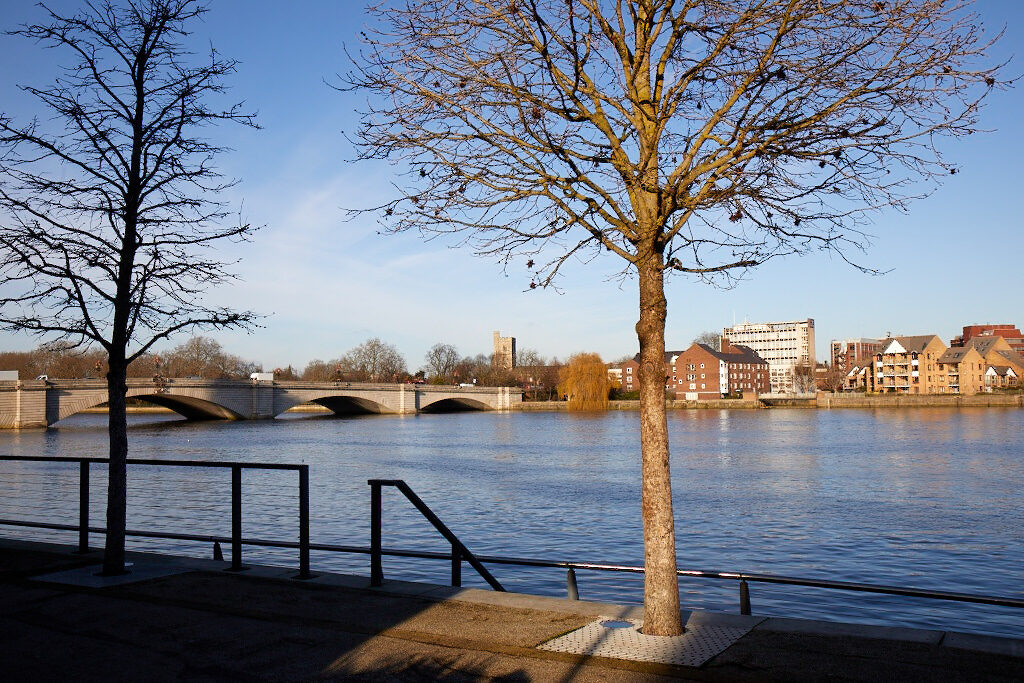We have recently undertaken a consumer survey to understand what people think about Putney town centre and how they use it. A big thank you to those who completed the survey.
It was shared to consumer newsletter sign ups, to BID businesses on and on our social media. 70% of respondents were female with even range across the age categories.

Visitor frequency – 75% of our sample visit a couple times of a week or more.

Nearly 90% of visitors mode of transport was walking. This does add up to more than 100 as you could choose more than one option. Over 80% gave the reason for choosing Putney was because it was close to home.

When asked why do you visit – over 90% for shopping, with 50% to eat. The shopping usage matches with the response of what would you like to see more of – which was independent shops. Followed by more cafes and restaurants.

We then asked for three words to describe Putney. The most popular word given was the River. Everyone loves the River and we find that on our social media posts images of the River get the most engagement. Wandsworth Council are working on improving the junction at bottom of PHS and that should make it easier to actually get to the river for pedestrians.

The next most frequent word was convenient, followed by friendly. Our survey was obviously completed by very local, loyal Putney residents for whom Putney is convenient as their closest town centre. It is lovely to see the word friendly used as we does have a great community feel.
The most frequent word people would like to change about Putney was traffic. Even with all the work that Wandsworth Council have done on Putney High Street over the last three years to improve the pedestrian experience traffic still dominates.
So where is our competition? Kingston was the favoured choice with the reason being better shops, and easy to get to via car, and no ULEZ in place. Barnes came second with the main reason being its quiet and independent shops.
Based on the Institute of Place Management Putney would be classified as a small multi functional town. People come for a mixture of everyday needs. The retail offer, opening times, events, services and other uses are focused on the local community. They are visited often and have convenience anchors, work, public transport, and shopping. They organise themselves to be reliable community hubs. Small multi functional towns predominantly serve their local population opposed to large multifunctional towns (such as Kingston) where people travel further to visit.